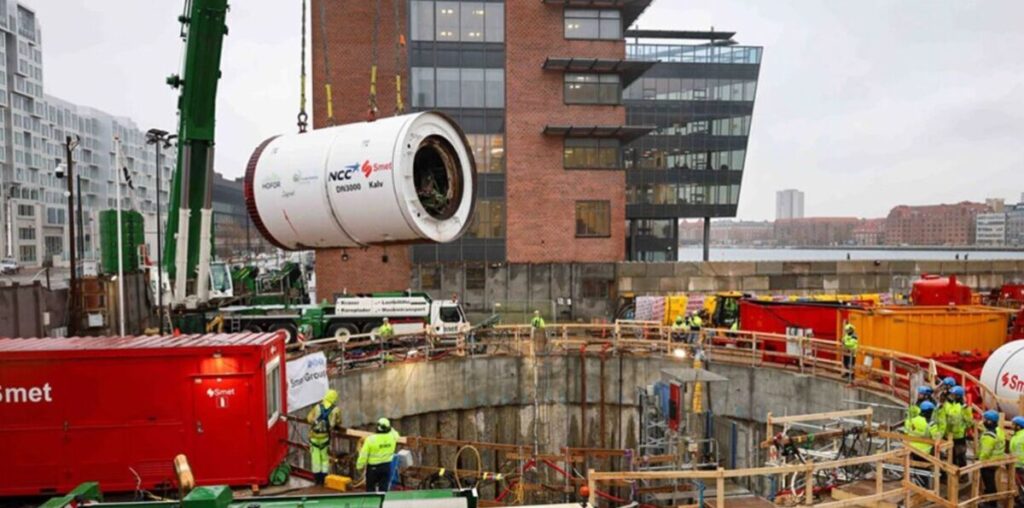Rising sea levels and floods are causing a big problem for cities across the world, and it has been reported that global costs to tackle the issue will reach up to £791 billion by 2050.
Denmark’s capital, Copenhagen, is one of the many cities that have suffered the consequences of the environmental shift. In 2011, the city suffered a once-in-a-thousand-year flooding after experiencing 120mm of rainfall in just two hours.
The disaster caused damage of a whopping £833 million, and now the city has a plan to protect the city from any other potential disasters.
The Kalvebod Brygee Tunnel is located 20 metres below the city and has a length of 1.3km. The tunnel can hold 10,000 cubic metres of water during periods of heavy rainfall, which is known as a cloudburst.
Ditte Reinholdt Jensen, Climate change expert at Copenhagen’s water utility firm, HOFOR told Euronews: “If we have an extreme situation where we have a lot of water falling in a short amount of time and the sewage systems, they just can’t keep up, we can instead divert water here into this tunnel.”
Severe weather events characterised by over 10 cm of rainfall in a 10 square-kilometre area within just one hour are what is known as Cloudbursts.
The climate change expert added: “We have 10,000 cubic metres of volume, but if that’s still not enough, then we have a pump that can empty out this entire tunnel in just ten minutes.”
Cloudbursts cause intense flooding and experts say that the number of them happening around the world has increased in recent years, meaning that the chance of a once-in-a-thousand-year flood has increased.
The tunnel, therefore, has been constructed to store a sudden amount of heavy rain that would cause a “once-in-a-century” flood.
The “expensive project”, which began construction in spring 2020 and is expected to be completed in 2027, is only one of the many cloudburst projects happening in Copenhagen.
Ditte Reinholdt Jensen said: “Building a tunnel is, of course, a huge cost, but doing nothing is also something that has a huge cost”.

